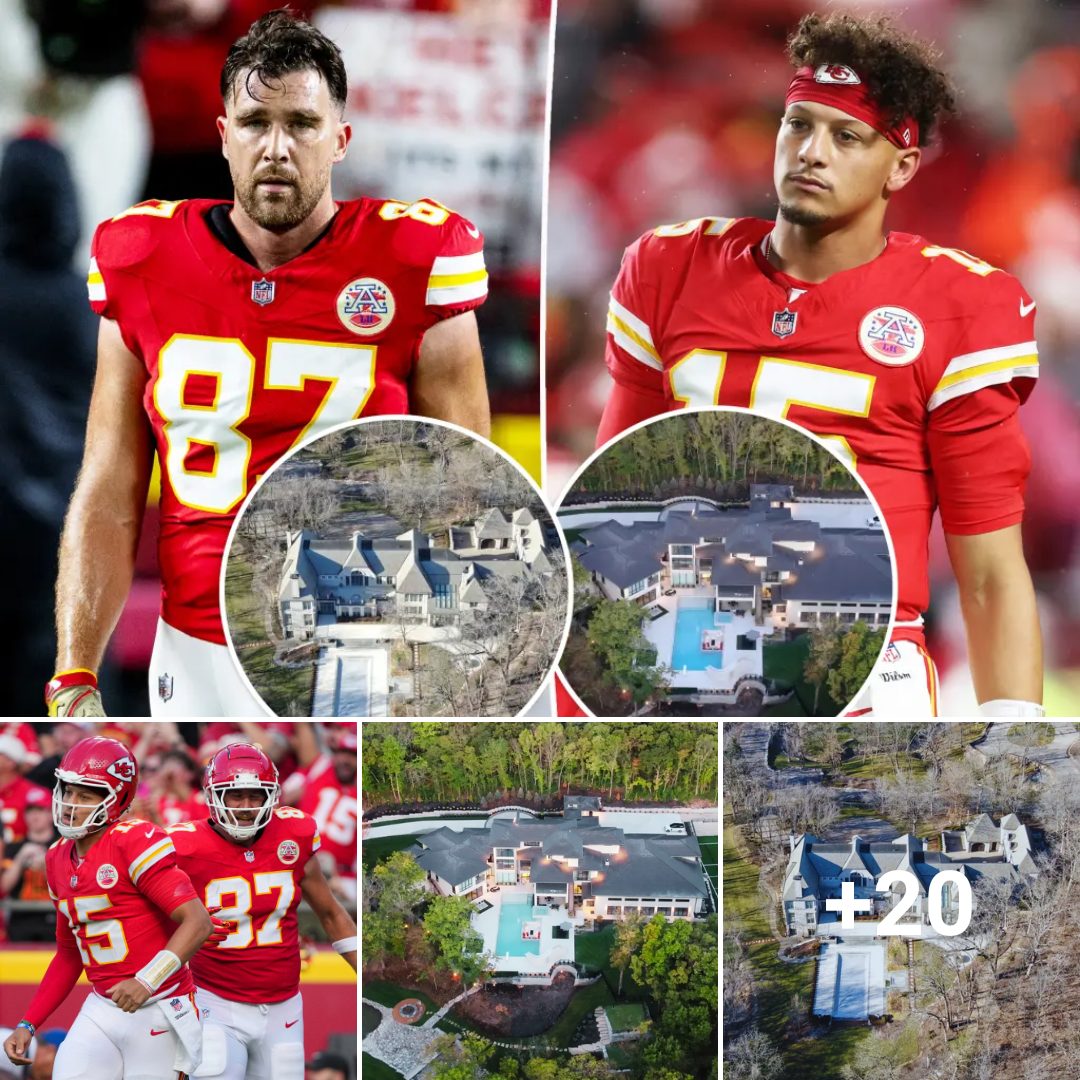The iconic Amangiri luxury resort is offering residences priced from $5 million to $12.5 million for the lot alone

In southern Utah, near Arizona’s border, are 900 acres of private land within a series of undulating valleys out of which crop otherworldly rock formations. The light is dramatic. The silence is powerful.
Nearby communities include Big Water, Utah, about 8 miles northwest with a population of about 500, and Page, Ariz., the gateway to Lake Powell, about 16 miles southeast with a population of 7,320, according to census data.
“You may as well be on a deserted island,” says Jack Ezon, founder and managing partner of luxury travel advisory Embark Beyond.
Here, emerging from the stark desert landscape and with a focal point being a 165 million-year-old boulder, is the Aman luxury resort Amangiri, which opened in 2009. It blends access to the rugged outdoors with high-touch hospitality. A Who’s Who of famous faces have posted their stays on Instagram, from Miley Cyrus to Ivanka Trump. Starting at $4,200 per night, Amangiri has 34 guest suites and 10 tented pavilions at Camp Sarika by Amangiri, which opened in 2020.

A rendering shows how a residence will take advantage of its views.
Aman (RENDERING)
Now, just about 15 years after the resort opened, you can live here: Amangiri is building 12 residences, with asking prices ranging from $5 million to $12.5 million for the lots alone. So far one residence has a buyer and is currently under construction; several lots are under contract.
There have been reports of Amangiri residences before. “Residences have always been part of the vision for the resort,” says Robert Hee, the CEO of Canyon Equity LLC, Amangiri’s developer. “It’s been a matter of evolving the concept to where we are satisfied.”
In the U.S., there are roughly 55,000 branded residence units—or privately owned residences affiliated with a brand, most often a hotel—across about 320 branded residence developments, according to Savills, a global real estate firm. Currently, about 40% of branded residences in the U.S. are in resort locations.

The Amangiri residences were designed for seamless indoor-outdoor living
Aman (RENDERING)
“We aren’t thinking about our project in terms of jumping on a bandwagon,” Hee says. “This is the life cycle of our own property.”
Architects and interior designers Marwan Al Sayed and Mies Anderson, co-founders and principals at Los Angeles-based Masastudio, designed the homes, a process that took roughly six years. They were also both on the team that designed the resort, which took about eight years.
“The resort is the trunk of the tree and the residences are like the branches and flowers that connect to it but are their own thing,” Al Sayed says of the properties that will be located about 500 feet to a half-mile west of the resort. Houses will range from four to eight bedrooms on plots spanning about 5 acres to 19 acres. They average about 7,100 square feet of interior living space; including outdoor living spaces roughly doubles or, in some cases, even triples that. They are designed to be carbon neutral.
Amangiri’s ethos is living in harmony and longevity with the land, Hee says. Challenges associated with building sustainably in a far-flung location have been previously tackled at the resort, like lessening the need for geothermal and solar power, sourcing materials for in-the-middle-of-nowhere buildings, and minimizing the impact on the land during construction. These ideas are being carried forward and expanded upon in the residential project.

All residences will have pools.
Aman (RENDERING)
Materials like cement, stone, and wood will echo those of the resort. The residences will all have similar private and social spaces—bedrooms, a kitchen, a cabana room, a pool, and so on—but each will have bespoke elements aligned with the topography of the lot. For example, Anderson says, “The pool’s shape, where it’s located, how it’s facing, and how big the outdoor patios are will all be individual.”
Three-dimensional computer software allowed Masastudio to adjust the design of each residence to get the best up-close and long views of rocks. “We could say, ‘No, we need this angle to shift three more degrees to capture this amazing formation’,” Al Sayed says.

An aerial view of the Amangiri resort.
AMAN
Rico Picenoni, a branded residence expert who is Savills’ global residential development consultancy head, says there can be a trophy status associated with owning a branded residence. But, he says, the main benefit for purchasers is the lifestyle these types of properties afford. “The lifestyle cannot easily be replicated in a non-branded residential environment,” he says.
In the case of the Amangiri residences, ownership includes preferred resort and spa access, a private residents’ club, a private adventure host, and an in-house, full-time managed chef and butler.
According to Picenoni, typically branded residence purchasers pay a premium of around 30% as a global average, but the premium may be suppressed in cities such as New York or London, where branded residences are competing with high-quality residential buildings; in an emerging market or resort destination, where there are few comparable non-branded residences, the premium will likely be higher.

Looking out at the Amangiri resort and its tented pavilions.
AMAN
At Amangiri, the premium is much more than 30%. The median sale price in nearby Page was $477,000 in March 2024, according to Redfin.
“We do see $1 million-plus sales in the area, but they are few and far between,” says Heather Rankin, the owner and principal broker at Rankin Realty Southwest, which is based in Page.
Rankin says homeowners in the area typically include primary residents who often work in outdoor recreation, the service industry, and at local schools, or second homeowners who visit part-time to enjoy the area’s lake activities, hiking, and proximity to nearby national parks and monuments. There is also a short-term rental industry catering to travelers, which numbered more than five million visitors last year.
Will the remote location pose challenges for high-end homeowners who are used to having their every whim catered to? “The resort already serves a discerning guest,” Hee says. “That’s a problem we’ve already solved.”






